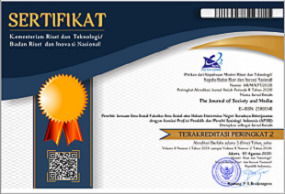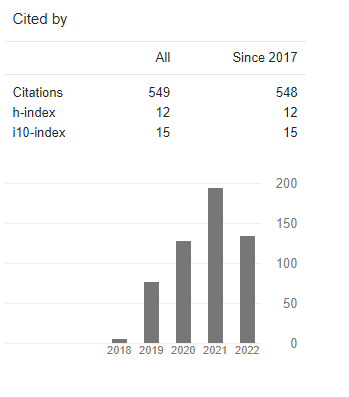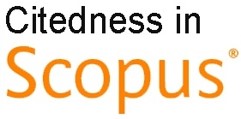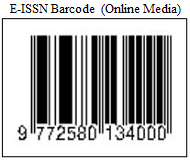Representation of Junzi and Wen-Wu as Confucian Hero in Character Mei Changsu on TV Drama Langya Bang
DOI:
https://doi.org/10.26740/jsm.v6n1.p157-187Keywords:
confucian, representation, junzi, wen-wu, television semioticsAbstract
The Chinese television historical drama has attracted world attention. Langya Bang is a successful television drama serial that is considered a social media phenomenon. This research was conducted to explore the heroic aspects of Mei Changsu based on the concept of heroism according to the Confucian teaching. This qualitative descriptive research used John Fiske’s television semiotics method that consisted of three levels: reality level, representation level and ideology level. The results show that at reality level analysis, looking from clothing, appearance, way of speaking, behavior, body movement, expression and environment codes, we can conclude that the protagonist Mei Changsu was represented as a warrior, a scholar and a prince, and can also be considered as a Junzi or a superhero figure with the concept of wen-wu who internalized the virtues in the Confucian teaching. At the representation level, the technical and conventional codes represent the five Confucian ethics are reflected through camera, lighting, music, and audio aspects and at ideology level we can conclude collectivism ideology and patriarchal leadership. Through a semiotic meaning study and the use of television code, we can understand that the television media Langya Bang is the medium to promote traditional Chinese culture and also indirect way to understand the Confucian teaching, in this case is about Confucian ideal of cultivating individual and responsible leader, who devoted to rules for the benefit of society. The representation of Confucianism in the storyline of Langya Bang is important in legalizing the unity of culture, that is Chinese culture.
References
Allison, Scott T., and George R. Goethals. 2011. Heroes : What They Do & Why We Need Them. Oxford.
Amir, Piliang Yasraf. 2010. Semiotika Dan Hipersemiotika. Bandung.
Arikunto, Suharsimi. 2006. Prosedur Penelitian Suatu Pendekatan Praktik. 9th ed. Jakarta: Rineka Cipta.
Fiske, John. 2004. Cultural and Communication Studies: Sebuah Pengantar Paling Komprehensif. Yogyakarta: Jalasutra.
Khairiah, Husin. 2014. Agama Konghucu.
Stokes, Jane. 2003. How to Do Media and Cultural Studies. Sage Publications Ltd.
Sugiyono. 2012. Metode Penelitian Pendidikan Pendekatan Kuantitatif, Kualitatif Dan R&D. Bandung: Alfabeta.
Tai, L. I. M., Wei Eai, and Background Brief. 2020. Evolving Social and Political-Economic Impacts of Chinese Popular Cultural Development.
Zhu, Ying. 2008. Television in Post-Reform China:Serial Dramas, Confucian Leadership and the Global Television Market. Routledge . Routledge.
Zimbardo, Philip. 2007. The Lucifer Effect. New York: Random House.
Downloads
Published
How to Cite
Issue
Section
 Abstract views: 836
,
Abstract views: 836
, PDF Downloads: 899
PDF Downloads: 899













